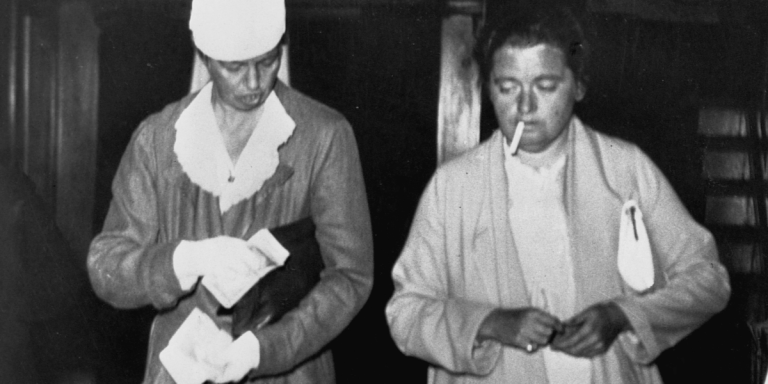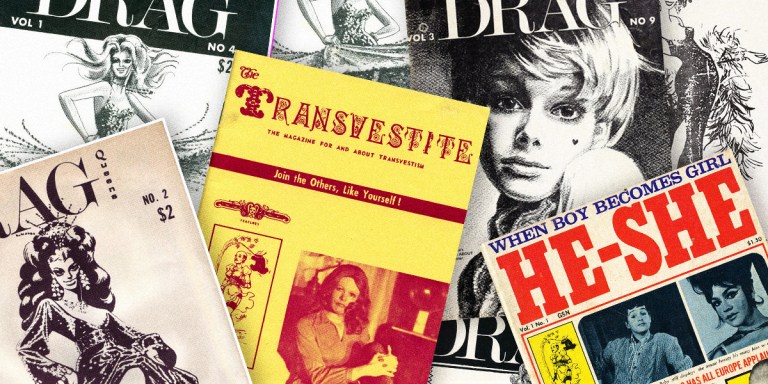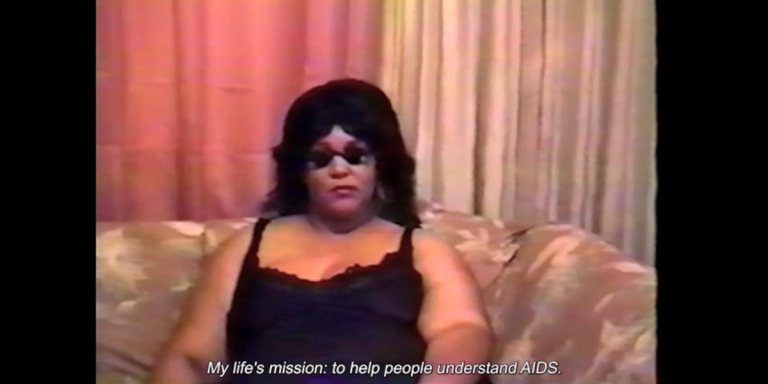gender
Trans Activist Miss Major Griffin-Gracy Lived a Long, Beautiful Life
Kayla Kumari Upadhyaya
Oct 14, 2025










